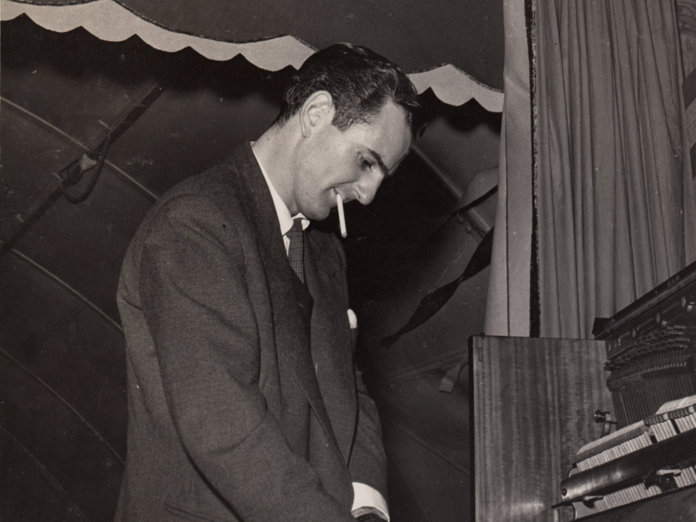The first voice you hear in Oliver Murray’s exemplary documentary about Ronnie Scott’s jazz club is that of a man called Simon Cooke, welcoming the patrons at the start of an evening in Soho. As gigs go, Cooke’s is one of the toughest. He is not a tenor saxophonist who has played alongside som...
The first voice you hear in Oliver Murray’s exemplary documentary about Ronnie Scott’s jazz club is that of a man called Simon Cooke, welcoming the patrons at the start of an evening in Soho. As gigs go, Cooke’s is one of the toughest. He is not a tenor saxophonist who has played alongside some of the great figures of the music’s history. He is not a superb stand-up comic, steeped in the deadpan wit of the old Jewish East End. He did not struggle for decades to found the club and keep it going in an often hostile climate. But it is his job to keep it going now.
The film is not about Cooke, the club’s current manager, or its owners, the theatre impresario Sally Greene and the entrepreneur Michael Watt, who bought it in 2005, when it was on the brink, not for the first time, of closing its doors. It is about the extraordinary man whose name says “jazz club” as clearly as Chipperfield’s says “circus”, Smirnoff says “vodka” or Lloyd’s says “bank”.
As a youth in the 1940s, Scott followed his father’s example and became a dance-band saxophonist. He and his young contemporaries soon fell in love with the revolutionary sounds of bebop, and worked in the bands on ocean liners in order to get to New York and hear Charlie Parker and Dizzy Gillespie at first hand. After 10 years of playing in bands together, he and a fellow saxophonist, Pete King, decide to provide young musicians with a place to play and opened their first club in a Chinatown basement. After fighting a battle with the Musicians’ Union, which had been keeping Americans off British stages, they were able to present the likes of Sonny Rollins, Roland Kirk and Dexter Gordon. In 1965 they moved to bigger premises in Frith Street, where the attractions over the past 55 years have included Gillespie, Ella Fitzgerald, Miles Davis, Nina Simone, Oscar Peterson, Buddy Rich, Thelonious Monk, Chet Baker and Sarah Vaughan, all of whom appear in clips.
Scott was the frontman while the long-suffering King took care of the business. Their close relationship survived all kinds of vicissitudes, including Ronnie’s tendency to gamble away the takings. Archive interviews with the pair are interleaved with other voices, including two of Ronnie’s partners and his daughter. Together with the testimony of Quincy Jones, Mel Brooks and others, they help Murray to develop a subtle portrait of a complicated man who, unknown to the club’s patrons and most of his friends and fellow musicians, suffered from acute depression for much of his life.
Thanks to judicious use of historical footage and a sensitive score by Alex Heffes, Murray has made a film worthy of its subject. It also does much to explain why, having weathered storms both before and after Scott’s death in 1996, the club was prospering as never before when the great lockdown of 2020 came, and will no doubt do so again.


